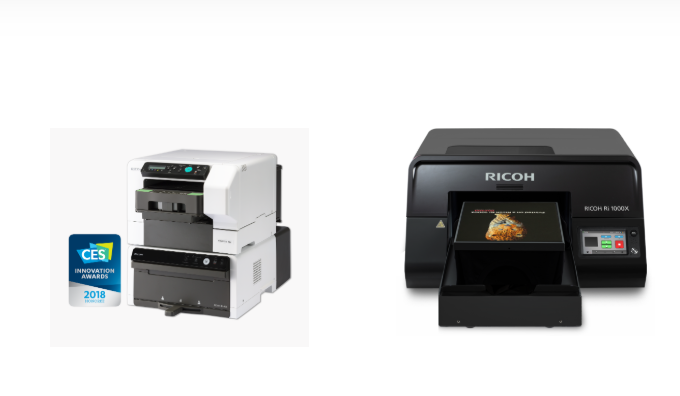The printing press machine has revolutionized the way we share information, communicate visually, and produce everything from books to packaging. Since its invention by Johannes Gutenberg in the 15th century, printing technology has evolved drastically, leading to the sophisticated, high-speed printing systems we use today. Whether for commercial printing, packaging, newspapers, or digital applications, printing press machines play a crucial role in nearly every industry.
What Is a Printing Press Machine?
A printing press machine is a mechanical device used to transfer text and images onto paper or other materials. Traditional printing presses used movable type, while modern machines operate through digital inputs and various advanced techniques, including offset, flexographic, and digital printing.
Key Functions of a Printing Press Machine
-
Image Transfer: Transfers inked images from a plate or digital source to paper or substrate.
-
Ink Application: Precisely applies ink to achieve sharp, clean impressions.
-
Sheet Feeding or Web Handling: Feeds paper sheets or rolls through the machine efficiently.
-
Finishing: Some machines include in-line finishing like cutting, folding, or binding.
Types of Printing Press Machines
1. Offset Printing Press
One of the most commonly used in the commercial printing industry. It works on the principle of transferring ink from a plate to a rubber blanket and then onto the printing surface. Benefits include:
-
High image quality
-
Cost-effective for bulk runs
-
Versatile across paper types
2. Digital Printing Press
Ideal for short-run jobs and personalized printing. These presses use laser or inkjet technology to directly print digital files.
-
No need for plates
-
Fast setup and turnaround
-
Great for variable data printing
3. Flexographic Printing Press
Widely used for packaging materials like plastic, cardboard, and labels. It uses flexible relief plates.
-
Quick-drying inks
-
High-speed output
-
Suitable for continuous patterns (like wallpaper)
4. Gravure Printing Press
Used for long-run, high-volume printing such as magazines, wallpapers, and gift wraps.
-
Superior quality for photo printing
-
Durable metal printing plates
-
High initial cost, but efficient for large-scale projects
5. Screen Printing Press
Primarily used for textiles, signage, and promotional items.
-
Thick ink application
-
Works on a wide variety of materials
-
Ideal for limited colors and batch work
Modern Applications of Printing Press Machines
Printing presses today are highly specialized to suit different industrial needs. Applications include:
-
Book and newspaper printing
-
Product packaging
-
Business cards and brochures
-
Clothing and textile designs
-
Billboards and signage
-
Customized labels and stickers
Benefits of Using a Printing Press Machine
-
Efficiency: Produces high volumes in less time
-
Consistency: Ensures uniform quality across thousands of prints
-
Cost-Effectiveness: Reduces per-unit cost for bulk orders
-
Customization: Especially with digital presses, you can customize content with ease
Choosing the Right Printing Press for Your Needs
When selecting a printing press machine for your business or operation, consider the following:
-
Print volume requirements
-
Material types and sizes
-
Desired print quality
-
Available budget
-
Turnaround times
Conclusion
The printing press machine remains a cornerstone of the print and packaging industry. Whether you’re in publishing, marketing, packaging, or textile design, understanding the types and functions of these machines helps you make informed decisions and stay ahead in a competitive market.
If you’re looking to invest in a reliable, high-quality printing press machine, consult with professional suppliers or manufacturers to match your specific requirements.
